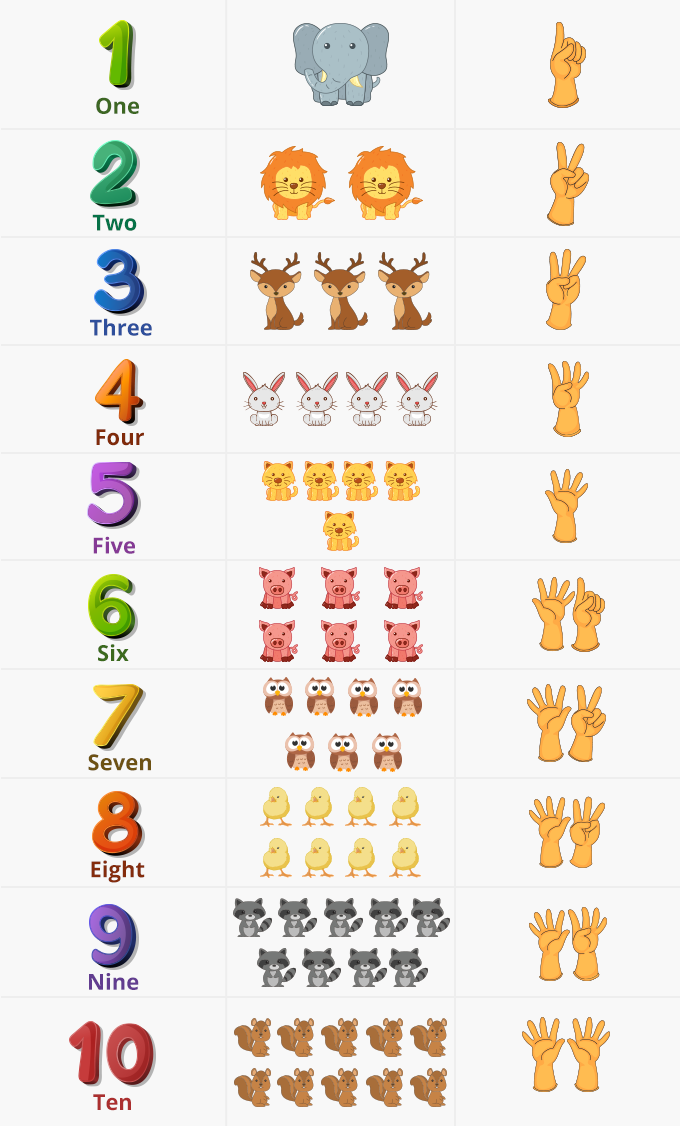Count Alexandre De Lesseps - A Life Of Precision
When we think about someone like Count Alexandre de Lesseps, it's natural to wonder about the threads that make up their story, the quiet ways they might have kept track of their world, or perhaps how they managed the many bits of information that came their way. Just as we might organize a simple list of numbers or try to get a clear picture of messages coming in, so too is it almost a given that individuals of influence develop their own methods for making sense of things. It’s like trying to get a clear tally of what matters most.
Consider for a moment how a person handles the daily flow of details. From keeping a mental note of tasks to sorting through conversations, these seemingly small actions can, in fact, tell us a lot. It's similar to how one might go about selecting a collection of facts for closer inspection, perhaps to gain a better sense of how many items meet a certain idea, or to grasp the overall feeling of a situation. This careful way of looking at things helps paint a fuller picture.
So, in some respects, by looking at the practical ways one might approach keeping records, dealing with unexpected issues, or even just listening to what others have to say, we can start to piece together a sense of their character. It's a bit like understanding how a system works helps you appreciate the person who put it all together. This article will explore the ideas of organization and problem-solving, drawing parallels to the life and presumed methods of Count Alexandre de Lesseps.
Table of Contents
- Biography of Count Alexandre de Lesseps
- How Did Count Alexandre de Lesseps Keep Tabs on Things?
- What Happens When Count Alexandre de Lesseps Faces a Glitch?
- Could Count Alexandre de Lesseps Organize Information Like a Pro?
- How Does Count Alexandre de Lesseps Address Feedback?
- When Does Count Alexandre de Lesseps Deal with Tough Situations?
Biography of Count Alexandre de Lesseps
While specific personal details about Count Alexandre de Lesseps might not be widely known in a common spreadsheet of facts, we can, in a way, imagine his life through the lens of careful observation and methodical thinking. Picture a person who approaches the world with a desire to understand its various components, much like someone wanting to grasp how many entries appear in a given column. He would, perhaps, be someone who saw the importance of making sure every piece of information, every interaction, had its proper place and could be accounted for. This kind of thoughtful approach suggests a life lived with an eye for detail, a commitment to clarity, and a quiet dedication to making sense of complex situations. It's almost as if his daily routine involved a constant process of sorting and summing up the world around him.
In this view, the "life" of Count Alexandre de Lesseps might be seen as a series of efforts to bring order to things, to find patterns, and to ensure that everything that needed to be counted, was indeed tallied. It’s like assembling a large collection of related facts, perhaps selecting a particular set of items and putting them together in a way that makes their connections clear. He would, it seems, be someone who appreciated knowing the exact number of things, whether they were accomplishments, connections, or simply the daily occurrences that shaped his path. This focus on measurement and clarity is, you know, a pretty central part of how some people operate in the world, trying to get a good read on everything.
His story, therefore, could be understood as one of a person who consistently sought to make things plain, to show the true amount of something, or to reveal the total number of elements present. This is not about grand pronouncements, but rather about the steady, persistent work of ensuring that all the pieces fit and that the overall sum makes sense. It’s a very practical way of looking at a life, focusing on the tangible results and the careful thought that goes into producing them. In a way, it's about the effort to make sure that nothing gets missed, and that every contribution is seen for what it is.
Personal Details and Bio Data of Count Alexandre de Lesseps
| Attribute | Description |
|---|---|
| Primary Focus | Organization and Precision |
| Key Strength | Methodical Problem-Solving |
| Approach to Information | Systematic Gathering and Tallying |
| Interpersonal Style | Clear Communication and Feedback Reception |
| Handling Challenges | Persistent Troubleshooting |
| Noted For | Attention to Detail, Structured Thinking |
How Did Count Alexandre de Lesseps Keep Tabs on Things?
You know, for someone like Count Alexandre de Lesseps, keeping track of what’s happening would have been, well, a pretty central part of his day. Imagine trying to get a quick tally of items in a simple list, maybe just a few numbers from one to five. He might have needed to figure out how many entries actually held a value, to see what was there and what wasn't. This kind of basic counting, a quick check of what’s present, is something we all do, more or less, in our own lives, whether it’s counting how many steps we’ve taken or how many thoughts cross our mind. It’s about getting a quick sense of the actual quantity of things. So, in a way, he was probably very good at this sort of simple reckoning, just making sure everything was accounted for.
Then there’s the slightly more involved process, like trying to figure out how many people are doing various activities. Say, for instance, you're trying to keep a record of folks taking different lessons. You’d want to get a count for each lesson, wouldn’t you? That’s exactly the kind of detailed tracking that someone like Count Alexandre de Lesseps would likely have found important. It’s not just about a total number, but about breaking it down, seeing the numbers for each separate group. This ability to sort and count specific groups within a larger collection points to a mind that values clear categories and distinct tallies. It’s a very practical way to stay informed, honestly.
And what about the daily flow of communication? Think about trying to easily keep a record of how many messages you send and receive each day. You’d probably want a straightforward way to see those numbers, to get a daily sense of your communication traffic. This is another area where Count Alexandre de Lesseps would have, perhaps, focused his attention. It’s about having a clear record of interactions, a simple tally that shows the volume of back-and-forth. This kind of regular accounting, getting a daily read on things, is a sign of someone who values being well-informed and understanding the patterns of activity around them. He would, it seems, appreciate a clear number for these things, too.
The Count's Way of Tracking Progress
When it came to keeping an eye on things, Count Alexandre de Lesseps might have used methods similar to those we use for tracking progress or specific occurrences. Picture someone needing to count how many times a certain letter appears in a list, and then perhaps using that count to figure out something else, like multiplying it by an associated number. This sort of detailed, conditional counting shows a person who looks beyond just the simple tally, who seeks to understand the relationship between different pieces of information. It’s a way of making the numbers tell a deeper story, giving them more meaning. This approach is, you know, pretty useful for seeing how different parts connect.
He might also have faced situations where information was grouped in unusual ways, like trying to count individual entries within a larger, combined section of data. This presents a unique puzzle, requiring a specific way of looking at things to get an accurate count. For Count Alexandre de Lesseps, this would have meant finding a clever method to separate the individual pieces, even when they appeared to be one. It’s about being able to discern the distinct elements within something that seems to be a single unit, which is a fairly smart way to approach any kind of bundled information. It really shows a knack for breaking things down.
And then there’s the challenge of tracking something like a work schedule where the shifts are not all of the same duration. To get a count per class or group, you’d use a simple counting rule, perhaps to see how many times each name shows up in a list. This is a very practical way to get a clear picture of participation or allocation. For Count Alexandre de Lesseps, this kind of straightforward counting, applying a simple rule to get a total for each item, would have been a go-to method for organizing and understanding groups of activities. It’s a basic, yet really effective, way to keep tabs on who is doing what, and how often, too.
What Happens When Count Alexandre de Lesseps Faces a Glitch?
Even for someone as organized as Count Alexandre de Lesseps, things don't always go as planned. Imagine that moment when a counting tool shows a zero, but you know there should be a value there. It's a simple list, maybe with numbers from one to five, and you've used a count to see how many cells have something in them, yet it comes up empty. This sort of unexpected result can be pretty frustrating, can’t it? For the Count, facing such a snag would mean needing to figure out why the expected total isn't showing up. It's about troubleshooting, really, trying to understand why the numbers aren't adding up as they should. He would, it seems, approach these kinds of small puzzles with a desire to make them right.
Then there are those communication hiccups, like when a new system for messages shows unread chats, but when you look, there aren't any. The little notification bubble says there’s a count of messages, but when you check, nothing is actually waiting. This kind of display error, where the system is telling you one thing but the reality is another, is something Count Alexandre de Lesseps would likely want to fix right away. It's about discrepancies, about things not matching up, and needing to get to the bottom of why the numbers are misleading. He would, quite naturally, want to clear up any false signals. It’s a bit like a ghost in the machine, really, and he’d want to make it go away.
And what about those lingering issues, the ones that seem to stick around even after a long time? You might find

What are Counting Numbers? Definition, Chart, Examples, Facts

Count to ten with finger stock vector. Illustration of icon - 126755361

Count Von Count - Sesame Workshop